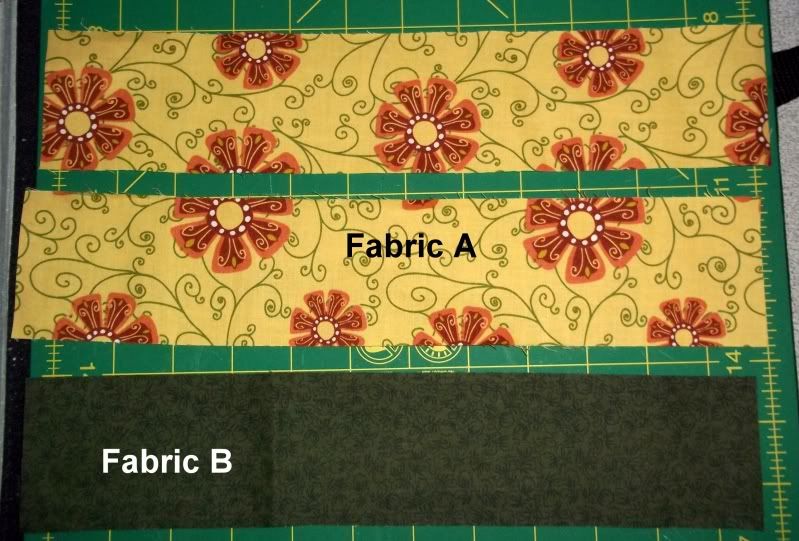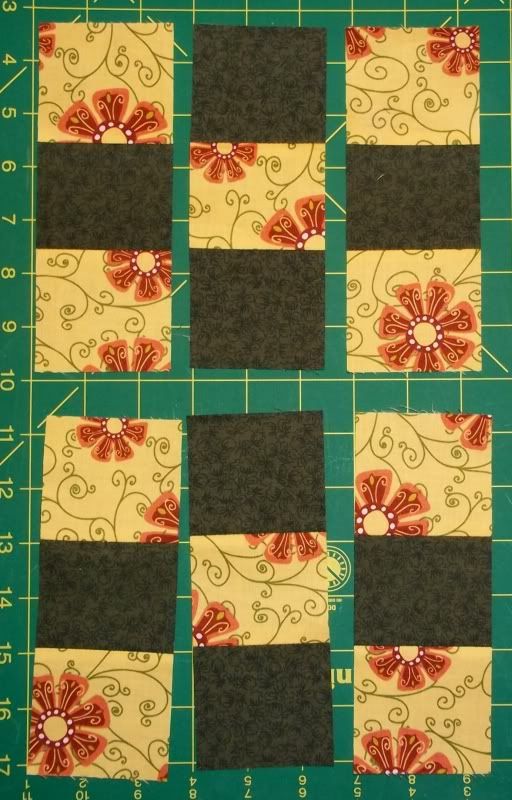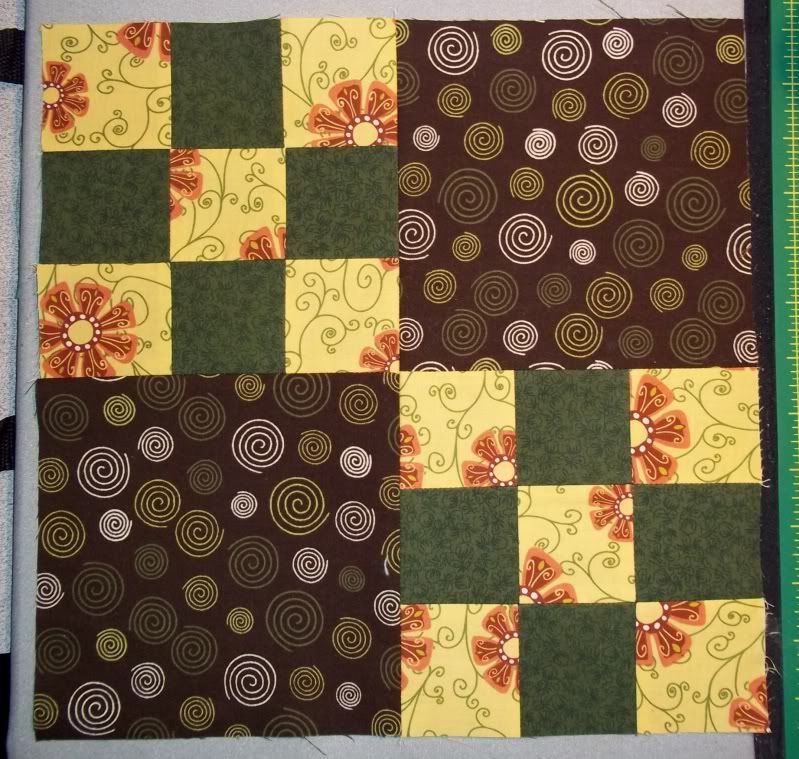My mother-in-law went into for a routine mammogram a couple of weeks ago. The results weren't exactly routine. Lumps were found, and her doctor sent her home with the expectation that she was likely dealing with breast cancer. Five days after the lumps were found, my mother-in-law underwent a lumpectomy, so that they could be biopsied. I've seen my husband worried and scared before, but never to such a degree. He lost his father when he was twelve, so this was agonizing for him.
Two days of anxious waiting after the lumpectomy - It's not cancer. Thank God.
So, the last couple of weeks have been spent keeping kiddo out of grandma's hair so that she could recuperate and re-connecting as a family. Sometimes it's just so easy to forget how much certain people mean to one's life. I haven't lost nearly as much family as my husband has, so it's one of those lessons that just hit home, and I wanted to hunker down with the family for a bit.
Now, having said that, I'm BACK! Again, lol. I've rediscovered that more than five hours of sleep really screws me up - I spend the day tired and groggy. I'm so much better off sleeping less rather than more. So, these hours between midnight and 2 AM - those are MY hours. I'm re-claiming them for sewing and writing.
Now, let's get down to business:
STRIP PIECING IS OUR FRIEND!
If you haven't strip-pieced yet, you're going to ask yourself why you haven't done this yet! It's so simple, and is really just a matter of forethought. Nine-patches are a great way to learn strip piece. I've decided to make a Double Nine Patch block today that finishes at 12", to complement Sandi's lesson here.
Strip-piecing is exactly as it sounds: You piece longer strips together, and cut those pre-pieced strips so that you've made several subunits with way less cutting and matching. You just have to know how long your strips should start out at, which is super simple multiplication. For instance, our Double Nine Patch block requires that the starting squares be 2.5" each.
Since I'm only making one block, it's really not that big a deal to cut a bunch of 2.5" squares and piece them together. However, if I needed to make several of the same block, there is no way that I'm cutting that many 2.5" squares and trusting that they'll all remain where I need them to. Thus, a little multiplication.
Nine patch blocks break down easily into three sections, of alternating values. This means that I have two identical sections and one that differs. Since I'm making two nine patch blocks, I need four and two. 2.5" times four is 10" in length, and 2.5" times two is 5" in length. You'll see where these come into play in a bit.
Start off by cutting two 2.5" x 10" strips of Fabric A and one the same size of Fabric B if you feel comfortable cutting the length exactly. I cut my strips at 2.5" x 12" because I prefer to trim down and be sure that my sub-units are the correct sizes.Then cut two 2.5" x 5" strips of Fabric B and one the same size of Fabric A. Again, I actually left the length longer, so that I could be sure of the finished sizes of segments.

Now, just take one 2.5 x 10" strip each of Fabric A and Fabric B and put them right sides together. Sew a scant 1/4" seam along the full 10" length. Take the second strip of Fabric A and sew to the other side of Fabric B, so that your fabrics alternate. Do the same for the 2.5" x 5" strips, just ensure that Fabric A is your center fabric.
Iron your seams open or to one side. Again, I'm a seams open gal. Your strip units should appear something like:
Once your seams are all behaving, cut four 2.5" wide segments from your 10" strip. Cut two 2.5" wide segment from your 5" strip. You should have a set of six sub-units like this:
I've laid them out in the order that the finished blocks will appear, because I'm visual and have to see them in the right order as I'm piecing, or I freak out constantly and second-guess myself.
Sew your sub-units together and you should have two nine-patch blocks:
Now that you've got two perfect 6.5" nine patch blocks, but now you need two 6.5" squares cut from a single fabric to make a Double Nine Patch. Go on and cut those, and sew all four units together to make a block like so:
And there you have it! Strip-piecing is a wonderful technique that takes away a lot of the "OMG! So many pieces!" agony that we all experience at some point.






2 comments:
I am so glad that all turned out well for your MIL. What a relief it must have been for everyone to get the great news.
I bought a kit for an "I Spy" quilt - it has 192 pieces (pre cut), some fabric for an inner border and some more fabric for an outer border. I think I'm going to make nine patch blocks but they won't be as easy as strip piecing!
Post a Comment
Questions? Comments? Random fact? Put it here!